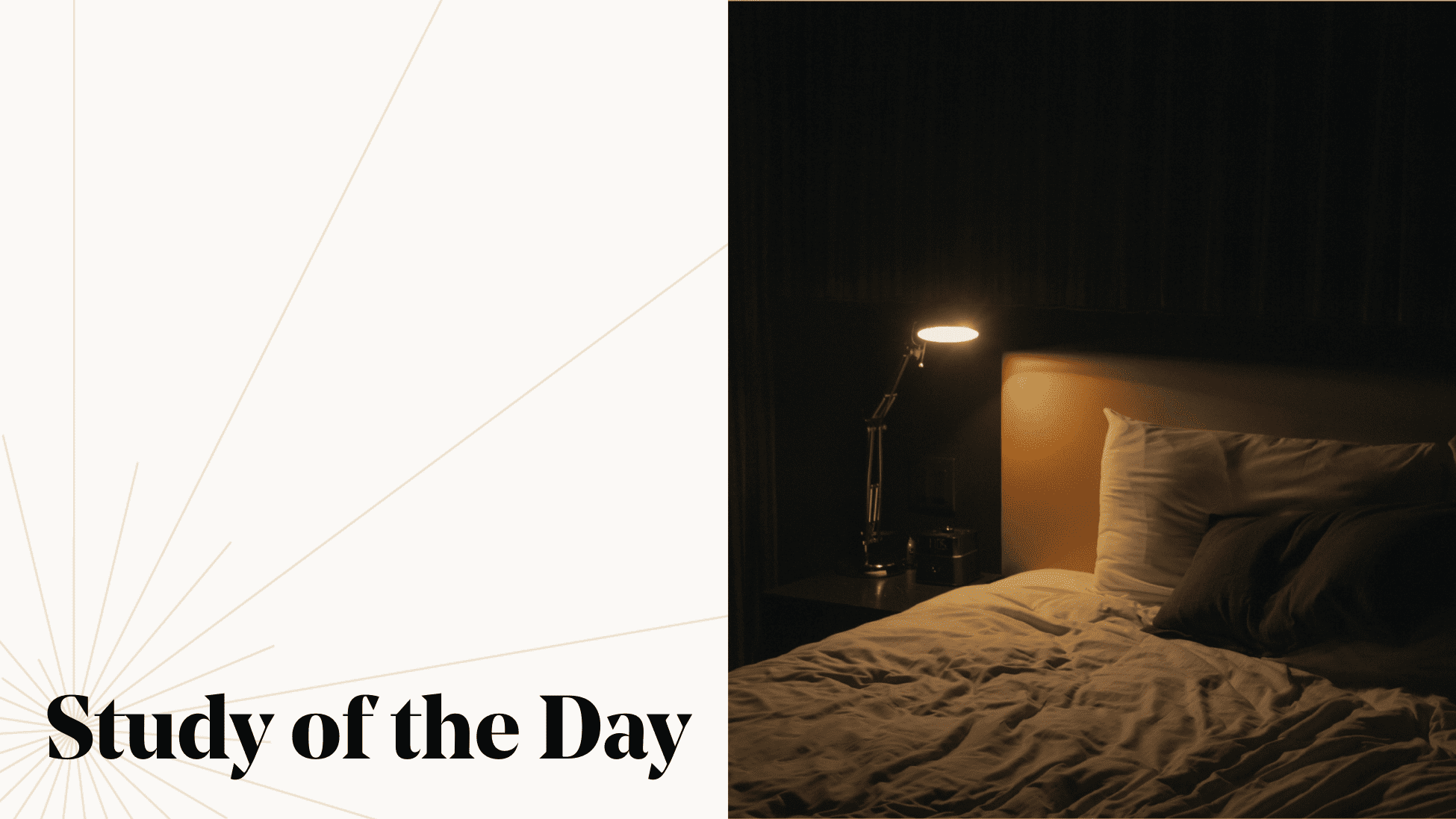In our Study of the Day feature series, we highlight a research publication related to a John Templeton Foundation-supported project, connecting the fascinating and unique research we fund to important conversations happening around the world.
Dream interpretation is as old as human history, and is itself subject to its own forms of interpretation — long before Gilgamesh dreamed he saw a giant axe fall from the sky and wondered what it meant, priests, philosophers, and peasants were already trading theories not just about the meaning of specific dreams but, in the general sense, what dreams are for, exactly.
Recent scientific research has found evidence for a number of explanatory categories centered around dreams as a method for adaptive simulation: we can try out counterfactual virtual worlds, update our cognitive models, practice identifying and responding to threats, all without lifting an eyelid.
A particular genre of this approach is known as Social Simulation Theory (SST), which looks at the ways that people’s everyday dreams might help them process and update their cognitive and emotional schemas of social interaction. In a recent study published in Scientific Reports, a team of cognitive scientists led by John Balch, a postdoctoral fellow at National University in San Diego, Calif., asked 124 participants to keep careful notes about who showed up in their dreams, along with who they interacted with each day over a two-week period, creating a sort of social network of the unconscious mind.
One of the most intriguing findings of earlier SST studies has been the outsized importance of strangers in the social fabric of our dreams.
Indeed, in the new study strangers made up the largest single category of people who showed up in dreams,
appearing on more than half of the recorded nights. When familiar faces were present, the type and frequency seemed to be shaped both by the research subject’s recent waking interactions and by their personality type.
Extraverts dreamed about more friends and fewer strangers than average; neurotics saw more family members. For the most part, people dreamed more about friends and close connections they had recently interacted with, with the notable exception of parents and siblings — in that case, increased waking interaction was correlated with fewer dream appearances.
By way of interpretation, the authors suggest that the abundance of strangers matches with SST’s suggestion that humans’ dreaming equipment evolved over hundreds of thousands of years when our ancestors moved in small kinship groups and needed to be adept at identifying and assessing the intentions of any strangers they encountered. When it came to daytime activity’s influence, the authors noted that interactions with looser social connections also seem to be worth reinforcing by dreaming about the participants, but the closest, most secure bonds didn’t seem to need the same kind of dreamy extension of the day’s socializing.
Still Curious?
- Read the paper: Relationship and personality factors predict longitudinal changes in dream content
- Learn more about Social Simulation Theory
Nate Barksdale writes about the intersection of science, history, philosophy, faith, and popular culture. He was editor of the magazine re:generation quarterly and is a frequent contributor to History.com.
